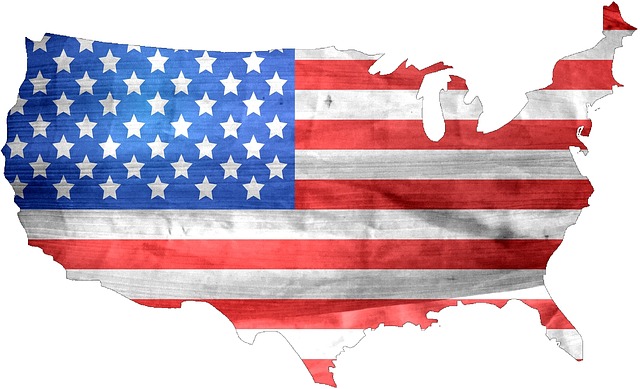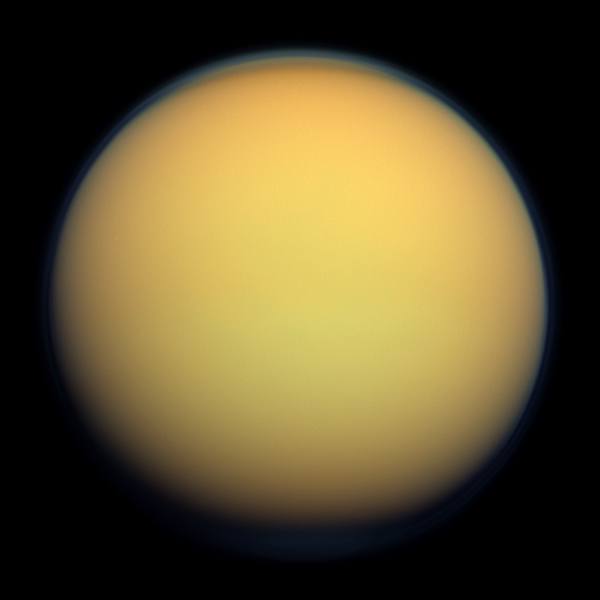*This post may contain affiliate links. This means we may make a commission if you purchase an item using one of our links*
USA has a surface area of 9.83 million sq. kilometers and a volume of 393.3 mllion cubic kilometers while Titan is a spherical entity with a surface area of 83 million sq. kilometers and a volume of 71.6 billion cubic kilometers. It only makes sense that this moon would be bigger as it is spherical whilst USA is a mostly flat land mass.
If you want a more thorough look at what makes each entity as big as they are, continue reading as it’ll be covered in more detail below.
How Big Is USA?

The United States Of America has a total surface area of 9,833,516 sq. km, which makes it the third largest country in the world. It has a surface twice the area of the European Union’s land, and it is larger than the 107 smallest countries in the world combined.
The largest state in the USA is Alaska, possessing a surface area of 1,070,000 sq km; Texas and California follow at 430,000 sq km and 260,000 sq km, respectively.
These areas represent a flat two-dimensional area, but if we want to compare the size of the USA and Mars, then we need to know the volume.
Earth’s crust ranges from around 5 to 70 km in thickness. Generally, this crust is thicker under the continental land, which averages 40 km. Taking this average and multiplying it by the surface area of the USA, we can calculate that the rough volume of the USA is around 393,340,640 cubic kilometers.
This might sound like a lot, but it still falls short of a variety of other celestial objects where for example the Moon that has 21.9 billion cubic kilometers of volume. Even if we take Earth’s crust at its thickest (70 km), the total volume of the USA is still not comparable to most celestial bodies in outer space.
The actual crust will vary as USA is a diverse country with dramatic variances in terrain. This country’s three most significant mountain ranges are the Appalachians, the Rockies, and the Sierra Nevada which adds altitude to its overall size but, it isn’t so as to make a major difference in the surface or volume of the country as a whole.
How Big Is Titan?

Titan is the largest of Saturn’s moons and the second largest satellite in our solar system (following Jupiter’s moon Ganymede). It is the only moon in the Milky Way that has clouds and a planet-like atmosphere.
Titan has a diameter of 5,150 km and a surface area of 83,000,000 sq. km. While its width falls short of USA grand expanse, Titan’s surface area is far more vast thanks to its spherical body. This surface area gives Titan an impressive volume of 71,600,000,000 cubic km.
This moon is so fascinating to scientists that they will launch the $1 billion drone “Dragonfly” to explore its surface. Titan has a thick atmosphere; because of this, the moon experiences a methane cycle of evaporation and condensation that creates rain, clouds, seas, and rivers. Other than Earth, Titan is the only body in the Milky Way that shows clear evidence of stable bodies of surface liquids.
The moon’s surface is one of the most Earth-like places in the Milky Way, though there are some vast differences. Firstly, the temperature is far, far colder, with an average surface temperature of −179.5 °C. And Titan’s gravity is only 14% of the Earth’s gravity, which means that a person weighing 100 kg on Earth will only weigh 14 kg on Titan.
Dutch astronomer Christiaan Huygens first discovered the moon in 1655 and named it Saturni Luna (Latin for “Saturn’s moon). It was in 1847 that English astronomer John Herschel suggested that the moon be renamed Titan from Greek mythology.
Scientists aren’t entirely sure about Titan’s origins but get some clues from its atmosphere. Instruments measuring the isotopes discovered that the ratio of Titan’s nitrogen isotope most closely resembles comets from the Oort Cloud – billions of icy bodies which orbit the Sun from a distance of 5,000 to 100,000 astronomical units.
This nitrogen ratio suggests that the moon was created from the same disc of dust and gas that formed the Sun.
Titan orbits at a distance of roughly 1.2 million kilometers from Saturn, a planet that is approximately 1.4 billion kilometers from the Sun. This vast distance means that sunlight takes around 80 minutes to reach Titan (compared to around eight minutes on Earth), and the light is 100 times fainter on this moon than we experience on Earth.
Summary
USA is far smaller than Titan due to the fact it is a flat land mass and not a spehrical object.
As a result Titan is roughly 8 times bigger in surface area and well over 200 times USA’s cubic volume so it only makes sense it’d be significantly bigger than USA in the grand scheme of things.

